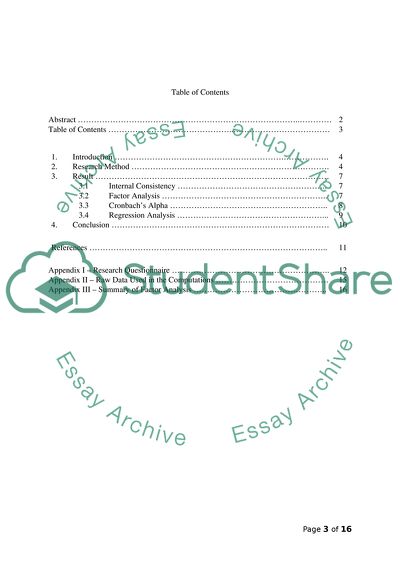Cite this document
(Design a Questionnaire Research Paper Example | Topics and Well Written Essays - 2000 words, n.d.)
Design a Questionnaire Research Paper Example | Topics and Well Written Essays - 2000 words. https://studentshare.org/psychology/1862262-design-a-questionnaire
Design a Questionnaire Research Paper Example | Topics and Well Written Essays - 2000 words. https://studentshare.org/psychology/1862262-design-a-questionnaire
(Design a Questionnaire Research Paper Example | Topics and Well Written Essays - 2000 Words)
Design a Questionnaire Research Paper Example | Topics and Well Written Essays - 2000 Words. https://studentshare.org/psychology/1862262-design-a-questionnaire.
Design a Questionnaire Research Paper Example | Topics and Well Written Essays - 2000 Words. https://studentshare.org/psychology/1862262-design-a-questionnaire.
“Design a Questionnaire Research Paper Example | Topics and Well Written Essays - 2000 Words”. https://studentshare.org/psychology/1862262-design-a-questionnaire.


